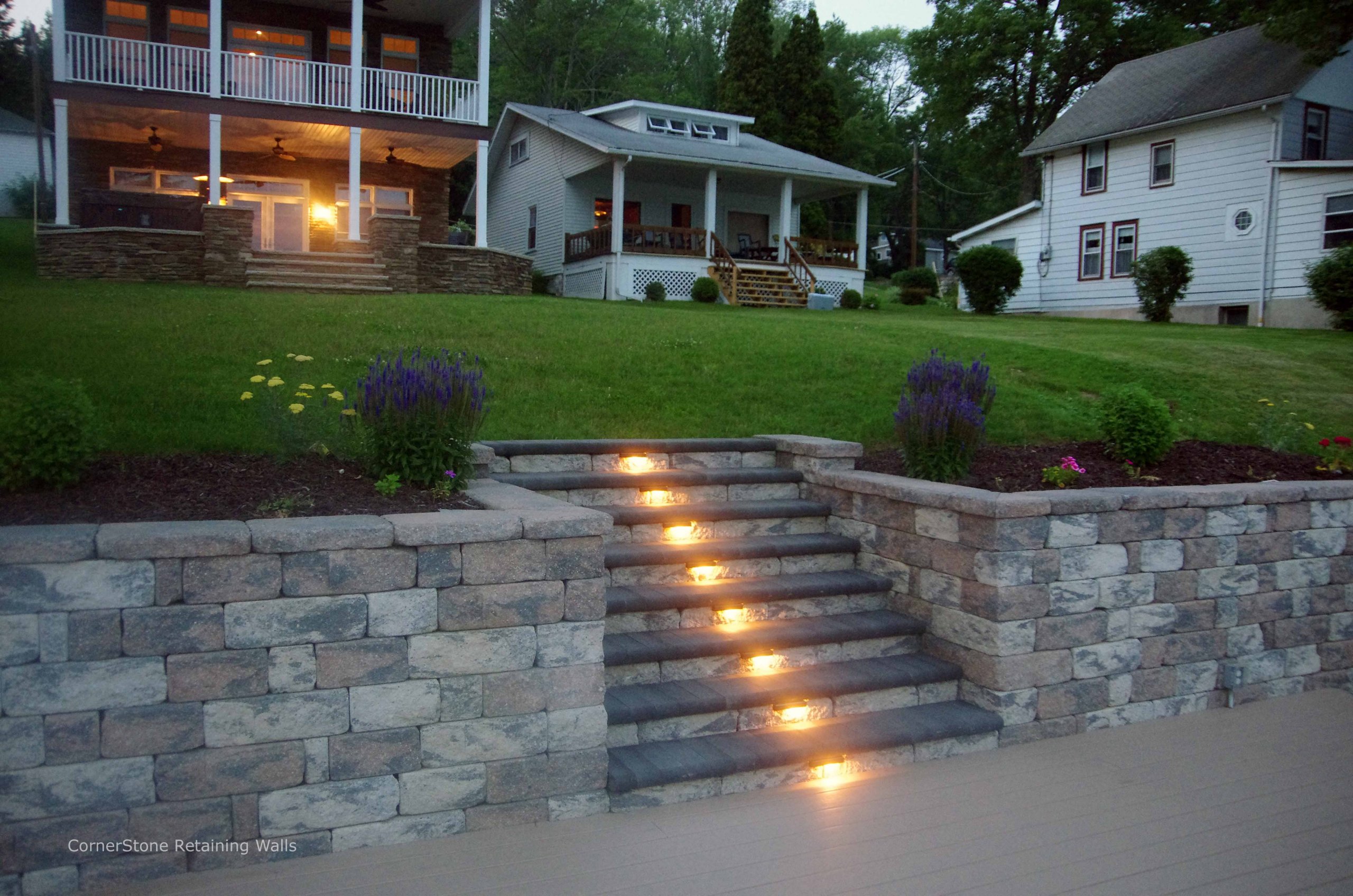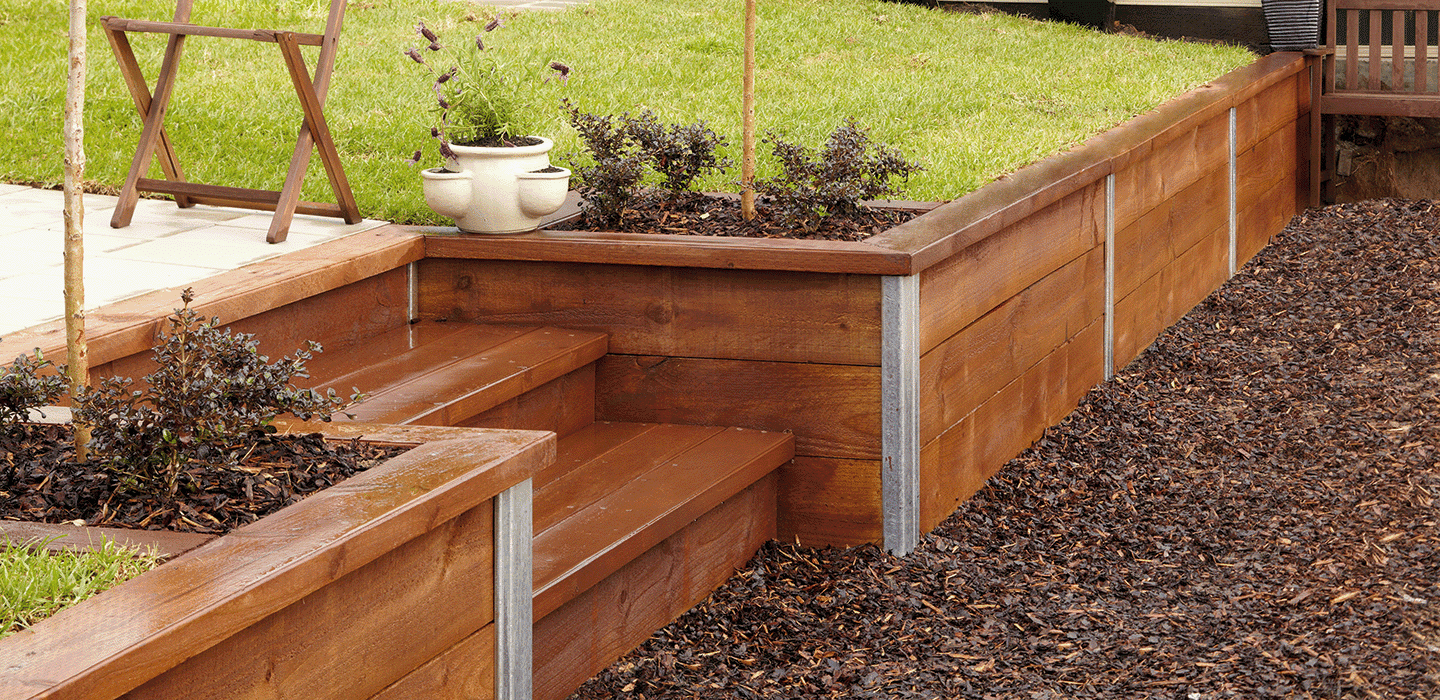Enhancing Property Stability: The Function of Retaining Walls in Dirt Retention and Erosion Control
In the realm of property monitoring, preserving security and stopping disintegration are extremely important issues for building owners and designers alike. Retaining walls stand as silent guardians, playing a critical role in soil retention and erosion control. Their importance expands beyond mere structural assistance, influencing the general honesty and durability of a residential property. By exploring the nuances of different kinds, design factors to consider, building and construction strategies, and maintenance tips related to retaining wall surfaces, a deeper understanding of their pivotal duty in boosting residential or commercial property stability arises. The detailed dance between engineering expertise and ecological consistency reveals an engaging story that underscores the indispensable nature of keeping wall surfaces in modern land monitoring.
Significance of Retaining Walls in Stability
Keeping wall surfaces play an important function in holding back soil, preventing disintegration, and producing level surfaces in sloped locations. By providing structural assistance, preserving walls aid to rearrange side stress triggered by soil, stopping landslides and slippage.
Keeping wall surfaces are especially essential in sloping or uneven terrains where soil disintegration is a typical event. Without sufficient support, dirt erosion can result in the deterioration of landscapes, endangering the stability of structures and positioning threats to citizens. Retaining wall surfaces serve as barriers, maintaining the dirt and preventing it from shifting downhill throughout hefty rainfall or various other ecological stress factors.
In addition, maintaining wall surfaces supply long-lasting benefits by reducing upkeep costs connected with soil disintegration and land instability. By buying properly designed keeping walls, homeowner can make sure the durability and sustainability of their landscapes while promoting a risk-free and visually appealing atmosphere.

Types of Retaining Walls for Disintegration Control
Frequently utilized in landscaping and civil design projects, numerous kinds of retaining wall surfaces offer as efficient services for disintegration control in diverse terrain problems. Gravity keeping wall surfaces are sturdy frameworks that count on their weight to stand up to the stress of the dirt behind them. They appropriate for reduced to medium elevation applications and are typically made from concrete or rock. Cantilever maintaining wall surfaces, on the various other hand, are made with a thicker base and utilize a lever arm to stand up to the dirt pressure. These walls are typically made use of in locations where space is limited.
For taller wall surfaces or where space is a restriction, anchored maintaining wall surfaces are usually employed. These wall surfaces utilize cords or strips that are secured right into the soil or rock behind the wall to give additional assistance. One more type, the sheet pile maintaining wall, is ideal for locations with soft dirt. Retaining Walls Sunshine Coast. These wall surfaces include interlocking sheets that are driven into the ground to create an obstacle against dirt disintegration. When choosing the appropriate type of keeping wall surface for erosion control, factors such as dirt composition, wall surface elevation, and website conditions need to be thoroughly considered to make certain durable stability and performance.
Layout Considerations for Soil Retention
Incorporating the principles of structural design and environmental sustainability is vital when taking into consideration design elements for reliable soil retention services. When developing for soil retention, it is important to examine the particular requirements of the website, including dirt composition, water drainage patterns, and incline security. The height and place of the preserving wall surface are crucial variables that influence the total style. Designers need to also consider the stress exerted by the kept soil and potential lateral tons to ensure the structure's security gradually.
Additionally, the product choice for the preserving wall surface is vital in improving long life and capability. Concrete, wood, gabion baskets, and all-natural rock are usual materials utilized in keeping wall building and construction, each with its distinct benefits and factors to consider. Proper drain devices, such as weep holes and French drains pipes, should be integrated into the layout to protect against water build-up behind the wall surface, which can lead to architectural failure and erosion.
Construction Techniques for Retaining Walls
When applying design considerations for reliable dirt retention, the construction methods for retaining walls play an essential role in making certain structural stability and long-lasting security. One typical strategy is the gravity wall, which depends on the weight and mass of the wall itself to resist the stress of the kept dirt.
One more commonly utilized building and construction technique is the cantilevered wall surface, which utilizes a concrete piece foundation that expands in reverse right into the preserved soil. This layout provides Full Report added stability and appropriates for medium to high preserving wall surfaces. For taller frameworks, reinforced soil techniques such as using geogrids or soil nails can be utilized to improve the wall's stamina and stability.

Upkeep Tips for Residential Or Commercial Property Stability
To make certain long-lasting property security, routine maintenance techniques are crucial for preserving the stability of keeping wall surfaces and stopping erosion issues. Cleansing the surface of the retaining wall surfaces can likewise help keep their structural honesty by eliminating dust, particles, and greenery that might damage the wall over time.
Along with visual inspections and cleansing, it is necessary to examine the drainage systems related to the preserving walls. Guaranteeing that drains pipes are clear of blockages and functioning effectively can prevent water buildup behind the walls, which can lead to pressure and potential failure. Appropriately working drain systems are crucial for taking care of water circulation and decreasing here are the findings the risk of disintegration.
Regularly checking and preserving maintaining wall surfaces according to these suggestions can extend their life-span and add to the total stability of the residential or commercial property.
Conclusion
In conclusion, maintaining wall surfaces play an essential duty in boosting home security by protecting against soil erosion and keeping dirt in location. Normal upkeep of preserving walls is essential to make sure long-lasting stability and security versus erosion.
For taller Find Out More walls or where space is a restraint, anchored maintaining walls are frequently utilized. These walls utilize cords or strips that are anchored into the soil or rock behind the wall surface to give extra assistance. When choosing the proper type of keeping wall for disintegration control, factors such as dirt make-up, wall height, and site problems must be very carefully thought about to ensure resilient stability and effectiveness.
One usual strategy is the gravity wall surface, which relies on the weight and mass of the wall itself to resist the pressure of the maintained soil. Cleaning up the surface of the maintaining walls can also aid keep their architectural stability by removing dust, particles, and vegetation that might weaken the wall over time.